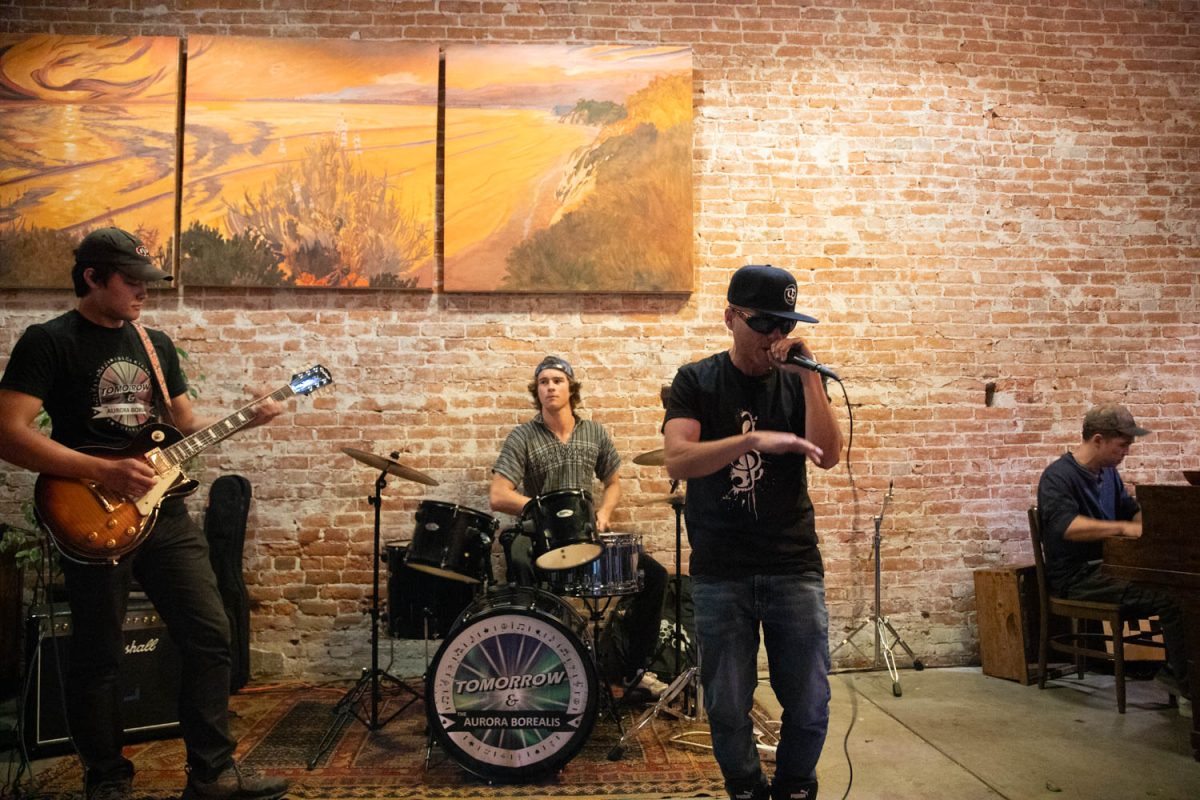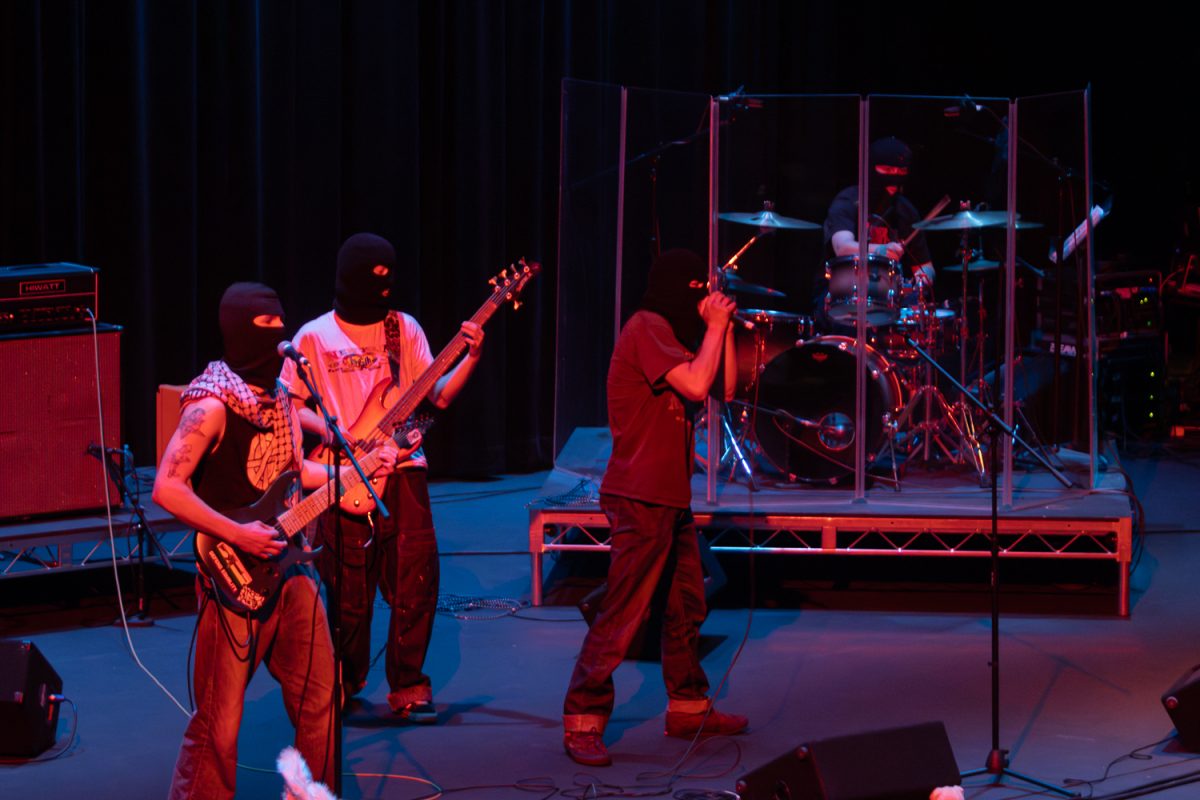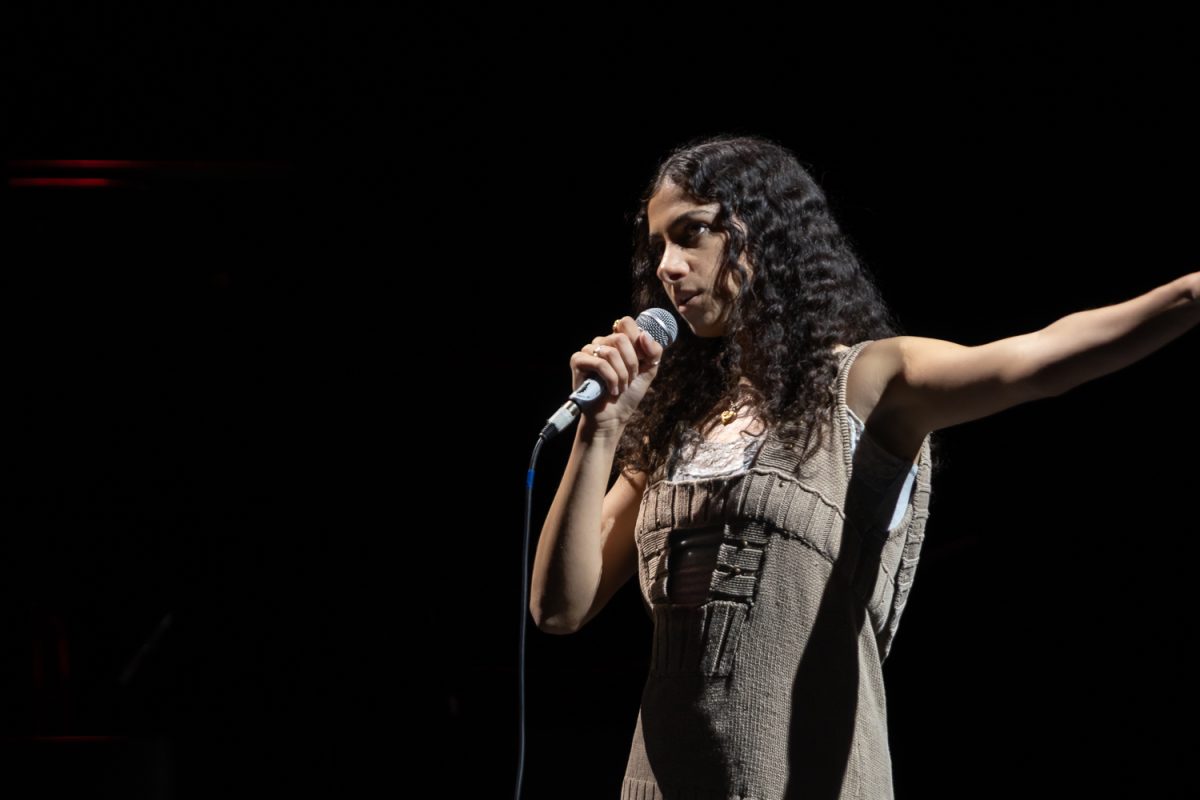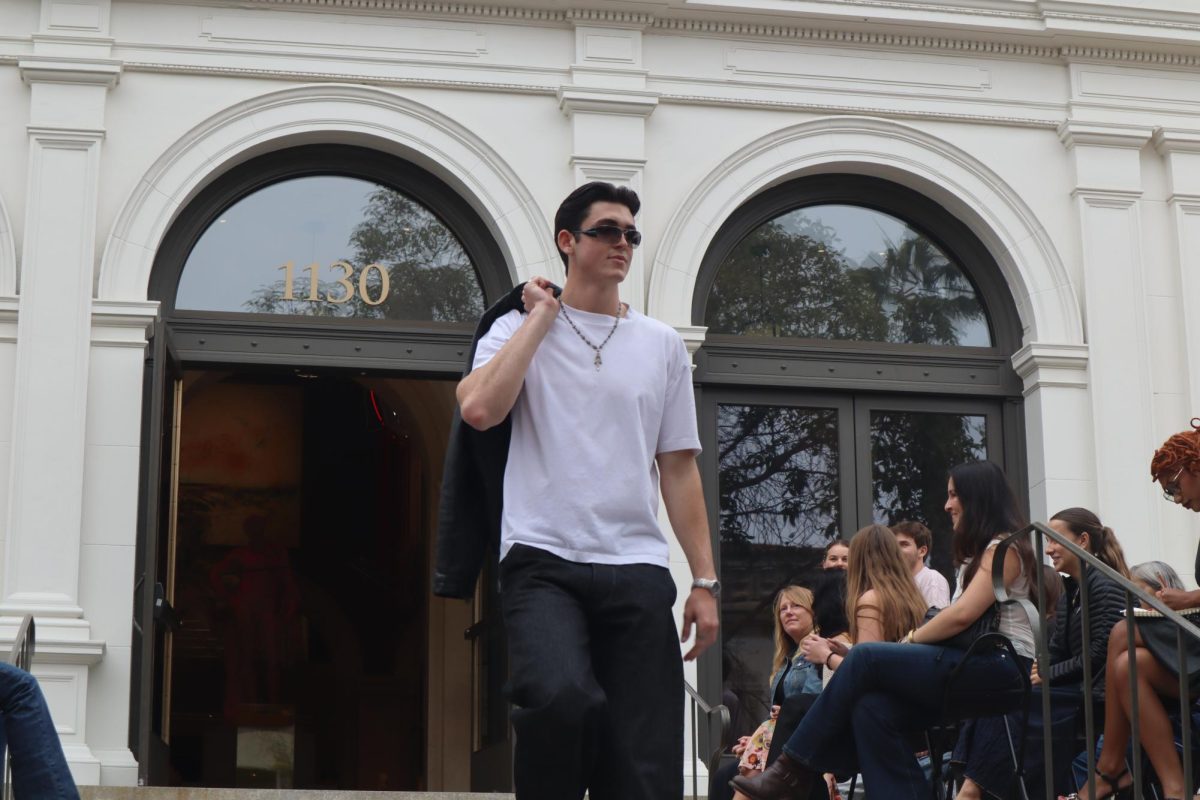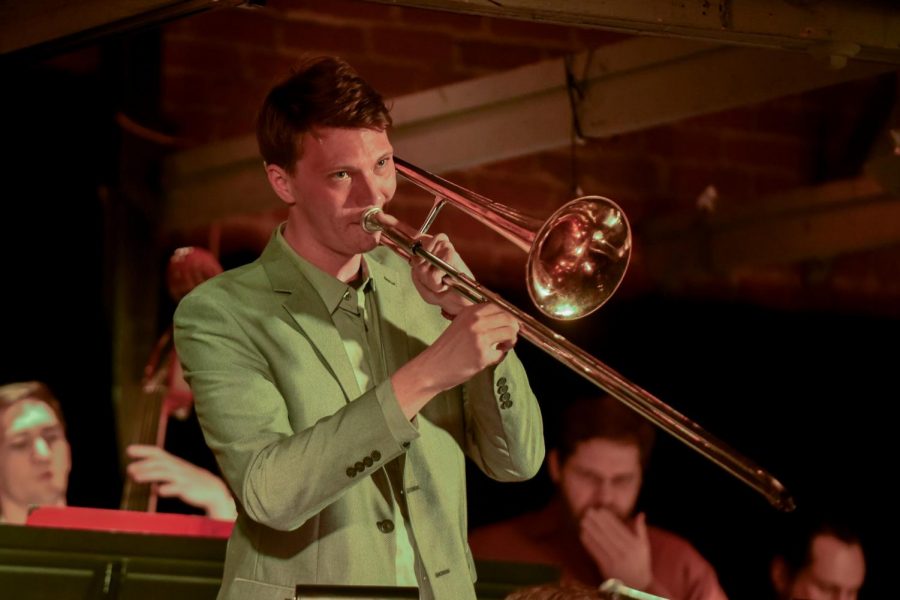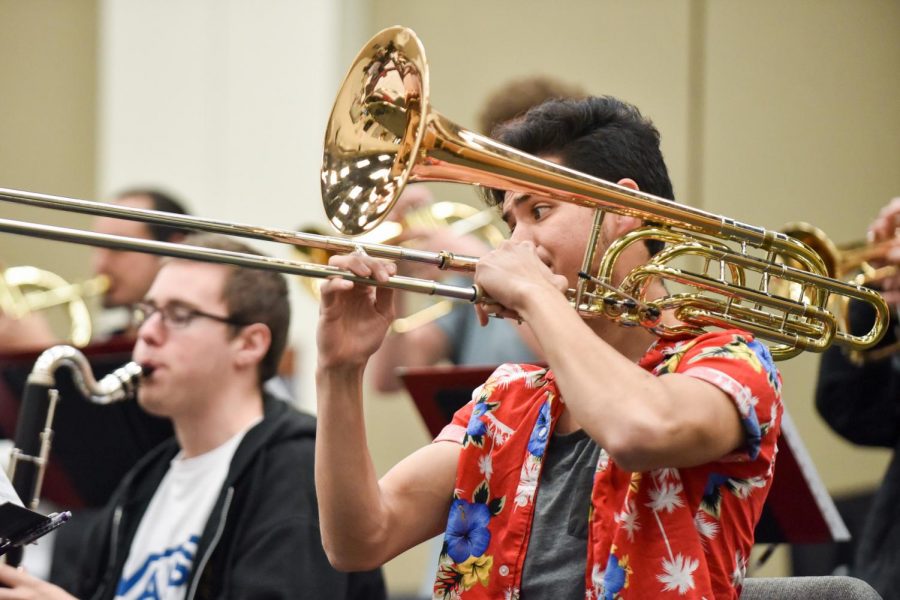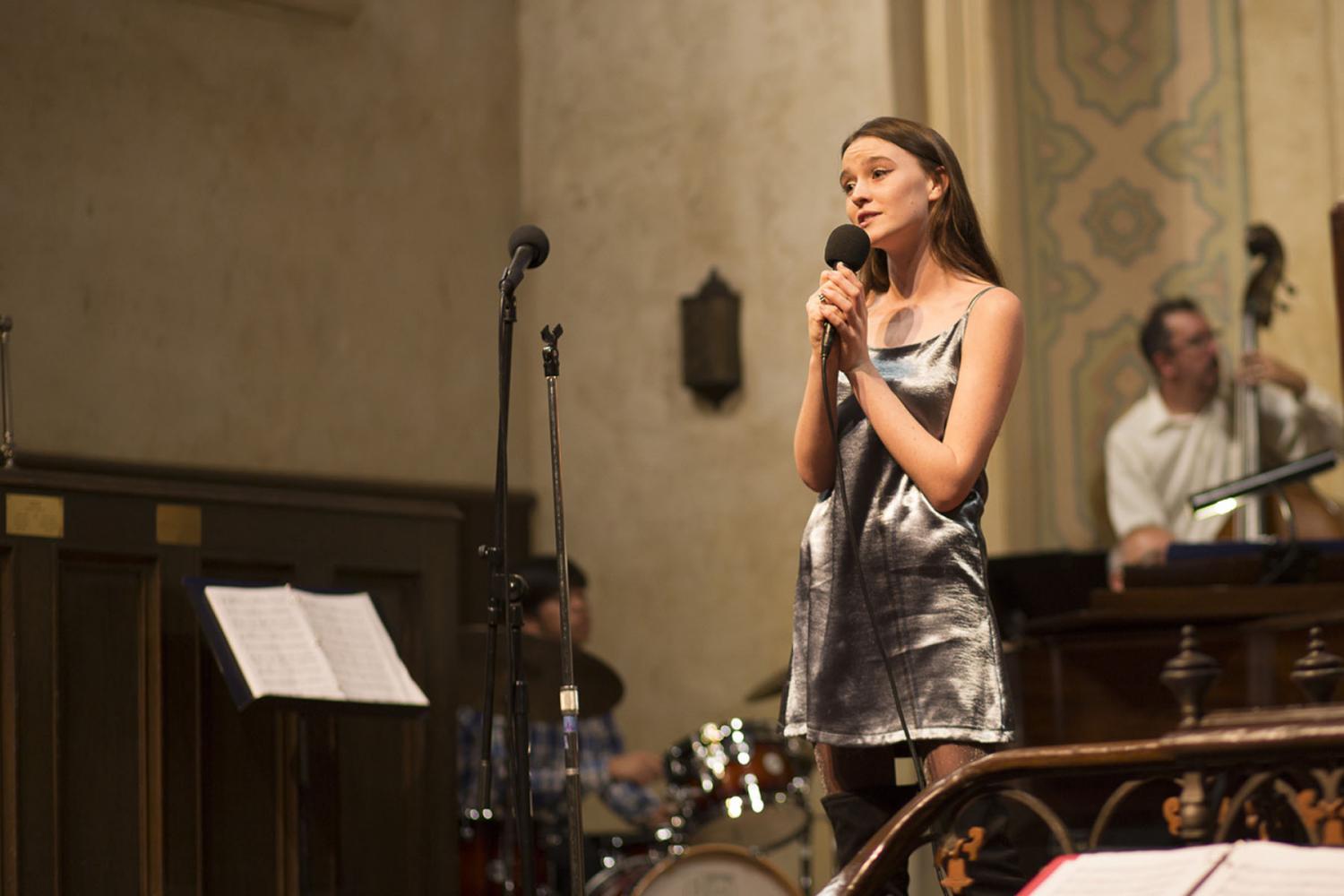In between cutting the new Rebelution album and recording blues guitarist Robert Cray at his downtown studio, instructor Dom Camardella was happy to find time for an interview.
Immediately after his morning classes, Camardella heads back to his studio,Santa Barbara Sound Design, which he has owned since 1986. He works as both an audio coordinator and a sound designer.
Camardella, 58, has been teaching at City College for 10 years-but the time he spent teaching didn’t stop him from designing sound for three feature-length films last year.
His latest film, “Superfish,” was recently screened at the Santa Barbara International Film Festival. It has aired on PBS and BBC, and also in Japan and Germany.
So, what is sound design?
“We take natural sounds,” Camardella said, “[and] with technology, we can combine them and morph them in new ways to create a hyper reality.”
Camardella said that employing these cinematic techniques engages the audience more. His job as a sound designer is to find sounds and layer them to create something unique.
“In fact, I don’t stop there,” he said. Originally trained as a keyboard musician, Camardella uses synthesizers to morph and process sounds until the instrument that produces them is unidentifiable. He layers these “ungodly” sounds with natural sounds to create subliminal effects. He said that while the audience can’t identify it, they react to the sound emotionally.
“Superfish” is a documentary about sailfish, the speediest fish in the ocean. Camardella enjoys working on underwater films because they leave much to the imagination. He likes the empty palette provided by the lack of sound, even though there is little audio recording material to be found in nature filming projects. Often shooting in difficult environments, the priority of the filmmakers is the image.
As an example of his work, Camardella described a scene with a shark. Starting with the sounds of natural bubbles, he layered sounds like nails on a chalkboard, which he produced by scraping a wood drumstick around the edge of a cymbal. Then he morphed it, tweaked it, and altered the pitch to create the finished sound that is ultimately heard in the film.
Camardella began at City College working in the Multimedia and Film Production department a decade ago. He worked with Guy Smith, Curtis Bieber and Steve DaVega, whom he described as the predecessors of the School of Media Arts.
He now teaches Music 120, “Sound Recording and Electronic Music.” It is a yearlong course with three sections that always fill, he said. Camardella teaches students to both record and perform live music.
“There’s a convergence of the way we perform and record music … we make no distinction between one and the other,” he said. Camardella directs a show at the end of every semester called “Music Now.” This spring it will be on May 9th at Marjorie Luke Theater.
The class teaches students to use Musical Instrument Digital Interface, or MIDI, and Pro Tools. He described MIDI as a contemporary way to make sounds of every member of an orchestra using a small keyboard or drum machine. Pro Tools is a toolset for the modern way of production, he said. He said that the modern workstations in both audio and video use the same interface that is learned using Pro Tools.
Michael Thompson, a 58-year-old student, is working on his Pro Tools certification, for which City College is a qualified training center.
“He’s succeeded in each method, and has a lot of knowledge … on each one,” Thompson said. He added that Camardella has seen these methods developed, knows how they interface, and how they apply to modern recording techniques. Although Thompson is also a trained musician, he said MIDI allows the students to create music regardless of musical talent.
Ten years in, Camardella said that teaching is still stimulating and invigorating, and that it allows him to relate to students.
“I have always been drawn to being a teacher,” Camardella said. He grew up in the Bronx, and was sent to Fordham Preparatory School. His Jesuit priest teachers, although strict disciplinarians, helped him to focus and get on task. He said this left an impression on him, and that he became enamored of teaching.
Camardella also attended Michigan Institute of Technology, where he got his degree as an engineer. Although he stayed in Boston to work on a music degree, he never finished.
He describes himself as, first and foremost, a musician. Camardella took the opportunity early in his teaching career to teach three courses in music, a full load for an adjunct teacher. He still collaborates with SoMA, as he has an extensive career in film and TV.





